Table of Contents
Using Lyrics as a Springboard for Songwriting with Students
Recently, I’ve been spending time with my five-year-old niece, who is just learning how to read, and I was struck by a comment she made the other night when she was reading one of her books to me: “Once I learn how to read these books, I’ll be able to read everything and it will be so cool!” I couldn’t agree more.
I love words. I think I always have. They seem to have magic – especially when I can find the exact word I want to use for exactly what I want to say. Penultimate instead of second to last? Verisimilitude instead of the appearance of truth? Yes, please! Words have so much power and can add so much depth and weight not only to writing but to crafting lyrics for my songs. I’ve actually even used verisimilitude in a song – and rhymed it – because it seemed like something fun to do.
Crafting lyrics can be one of the easiest pathways into writing a song – both individually and within a class. It takes no musical knowledge to craft a lyric, and it can be a really fun way to open the door to songwriting. Then, from a lyric, there are so many things that can be inferred – so much so that the music might actually just write itself.
In this blog post, I’m going to detail a practice for engaging students in crafting a song by starting with lyrics and then moving into melody. This could be done both within a classroom – the way I’m going to present it – or individually – I often move through this practice if I feel stuck and out of ideas – but the basic concept is a jumpstart. It could be done with any students who know what a noun is.
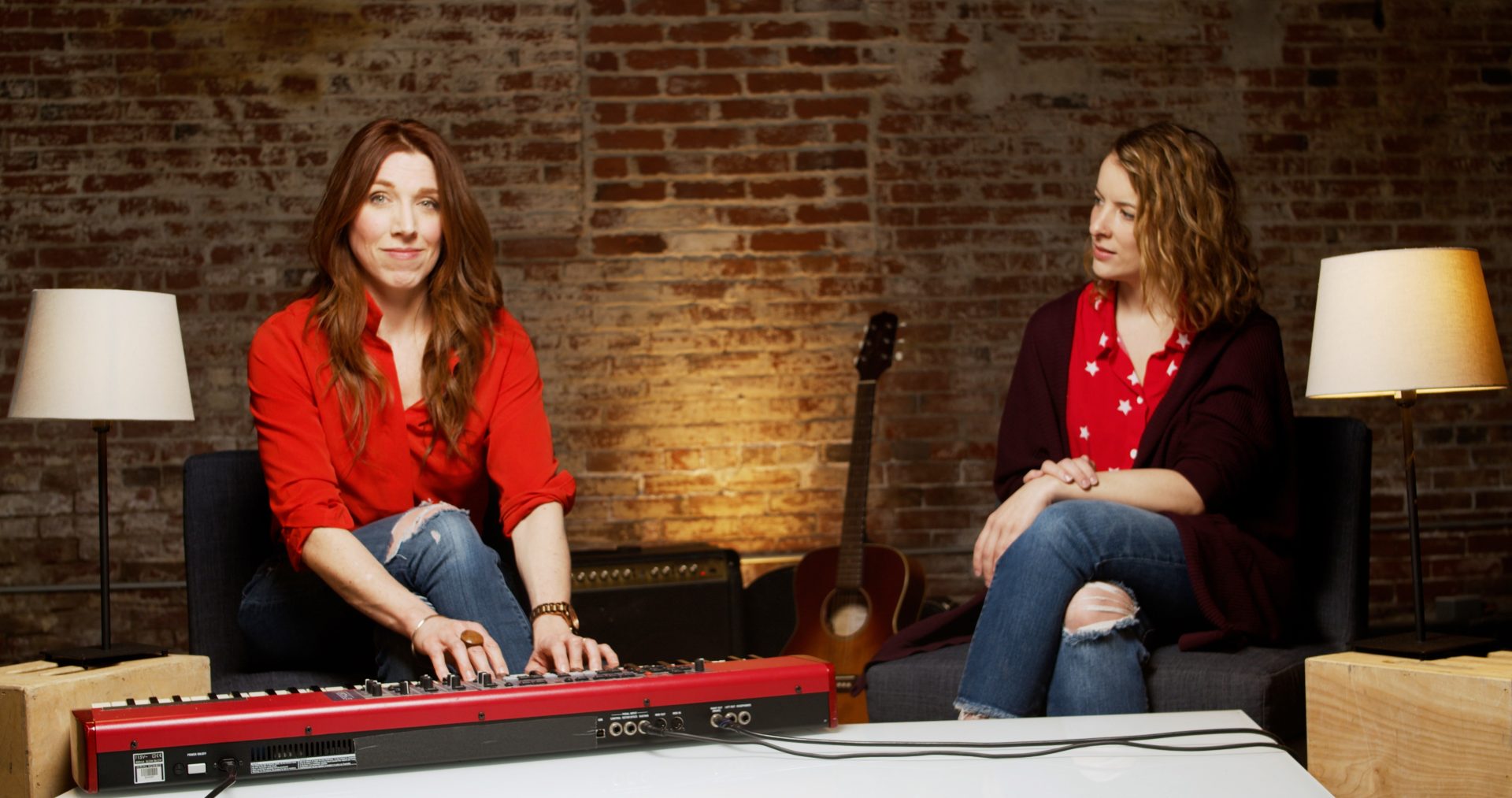
Step 1: Noun Collection
This process starts by engaging the students in a collaborative noun collecting activity. I like to do this by setting a five-minute timer and having the students call out nouns that I will then write on the board. The only rule is to use no proper nouns and no compound nouns. I write down as many as I can catch – it’s kind of cacophonous and fun and creates a really exciting atmosphere in the classroom.
Note: if cacophony isn’t your bag, you could also have students get into small groups and come up with nouns and then share out, or they could write them down individually and then share out – but whatever way you choose to do this step, you’ll want to have about 30-50 nouns written on the board by the time you’re done.
Step 2: Noun Collision
Now that you have all these nouns on the board, you start colliding interesting pairs of nouns. Note: what you’re basically doing is creating metaphors – and if you want to go into what those are – go for it – but students don’t need to know that to do this part of the process. Ideally, you want to find collisions that spark interest and curiosity. Things like: Turtle Pajamas; Coffee Eggs; Milkshake Clouds; Airplane Bracelets; Wind Highways. Again, you could do this by having the students call out or by working in pairs or working alone and then sharing what they found. Once you have about 10 pairs, poll the students and choose one of the pairs that you’re going to use to jumpstart writing a song.
Note: at this point, you could also place students in small groups, and they can choose one of the pairs and then continue the process – but writing about their groups’ particular pair.
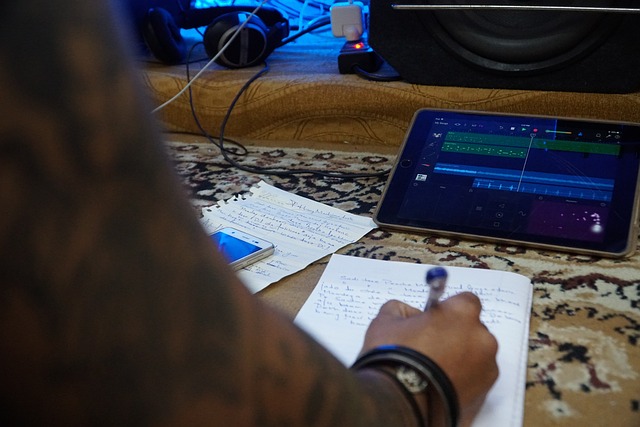
Step 3: Free Write or Word Association
There are two choices for the next step. If you’re working with younger students, I’d recommend a word association. For a word association, you place the chosen pair (like Turtle Pajamas) on the board and start writing words that students call out and associate with these two words, or with the pair. So, for this pair, you might write: slow, soft, hard, old, tortoise, cotton, sleepy, bedtime, water, ocean, sand…etc…. Once you have a lot of words that are associated with the two key words – as well as the other words that are sparked by the new words – you can either move on to step 4 or continue with this step to a free write.
I recommend doing a free write with older students. You can give students 10-15 minutes to write about turtle pajamas in paragraph form. They might write about how they feel, what they sound like, how they move, what they taste like, how they take up space in the room – or just any kind of free write about turtles and pajamas. Once the students have their free write, they can go back and mine it for cool phrases or ideas that pop out and then share those with the class or group.
Step 4: Lyric Creation
So, now the lyrics! The cool thing here is that we’re primed and ready to create a lyric. I recommend giving students a further parameter here of some kind of form – say Verse Chorus Verse Chorus Verse Chorus (Note: if they’re unfamiliar with this, it would be a good segue lesson to just talk about the different sections, what they do and how to create differentiation – a simple way to think about it is the verse is the story and the chorus is the theme/emphasis – and the part that repeats. I go over this in great detail in my course, Songwriting Basics.) Once you have the parameter, have students see if they can come up with four lines of lyrics for either the verse or the chorus based on the word association and the free writes they did. You might even give them a rhyme scheme to follow, such as ABAB in the Verse and AABB in the Chorus. Rhyme schemes can help give direction to the lines.
Cool! Now you’ve got a V Ch V Ch V Ch song about Turtle Pajamas!
Step 5: Adding a Melody
Once you have the lyric crafted, the next step is to find the music. The lyrics will probably tell you how fast or slow the song should go – both by their content and by simply trying them out at different speeds or tempos and seeing what feels the most natural.
You can also look at the overall vibe of the lyrics to determine whether the song would have more of a major or minor tonality. If the turtle pajamas seem sad because they are slow, then perhaps a more minor centered tonality would be in order; but if they feel happy because they’re slow, then perhaps a more major tonality.
For the melody, one thing I love to do is to speak the lyric and see what the natural inflection of the melody would be. See the example below:
Turtle pajamas are made of silk and cotton
I’m so very glad my mom got them for me
Now I wear them every night
To make sure I sleep sound and light
When you speak this lyric, listen to the natural rise and fall of your speech and see if you can extrapolate a melody – making the intervals larger and more pronounced as you go – to find the natural shape and stress of the melody. It’s kind of a fun exercise to try with students as well – and then see which one you all like the best! Once you do that, then you’ve got a song you can share within your classroom or at a concert!
I hope you’ll give this a try and see where it takes you! One of my favorite things about this is that it can be used again and again – and every time, it will turn out differently because the nouns will be different. Additionally, I love how adaptable it is – in a large group, a small group, or individually – and how it can lead to so many other places in songwriting craft!
Have fun!
Want to learn more about songwriting with Kat? Check out her resources below.

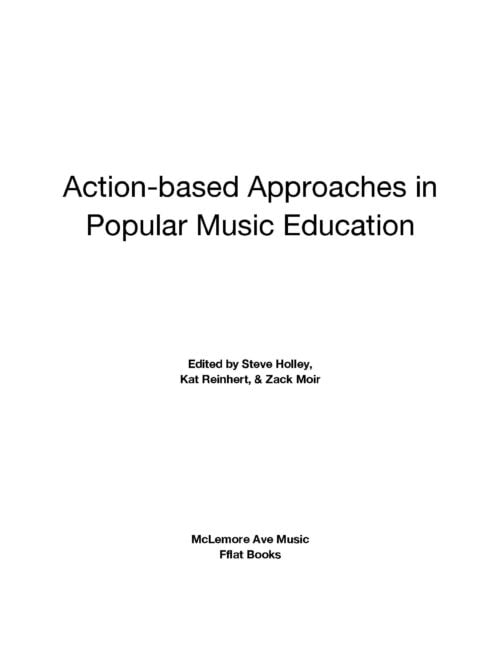

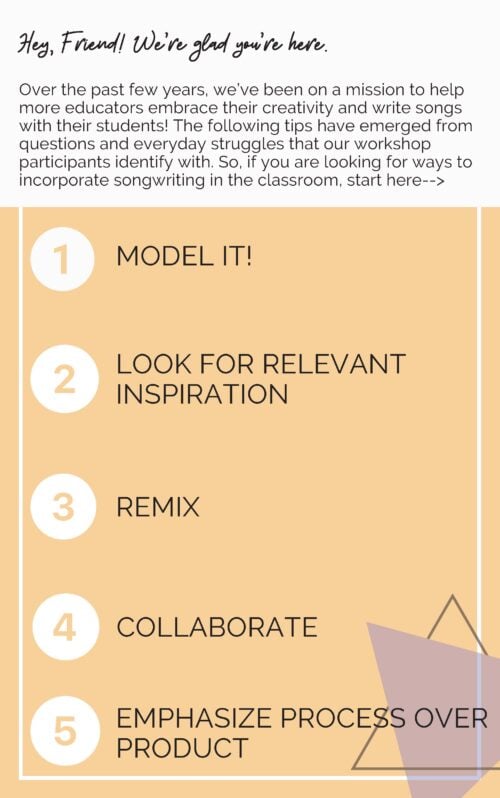


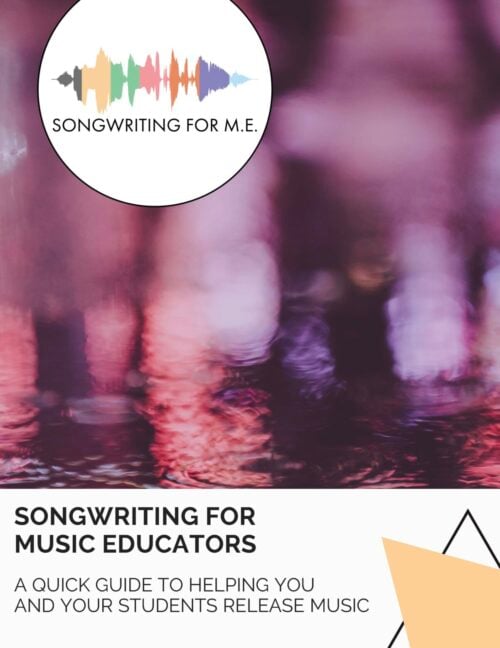
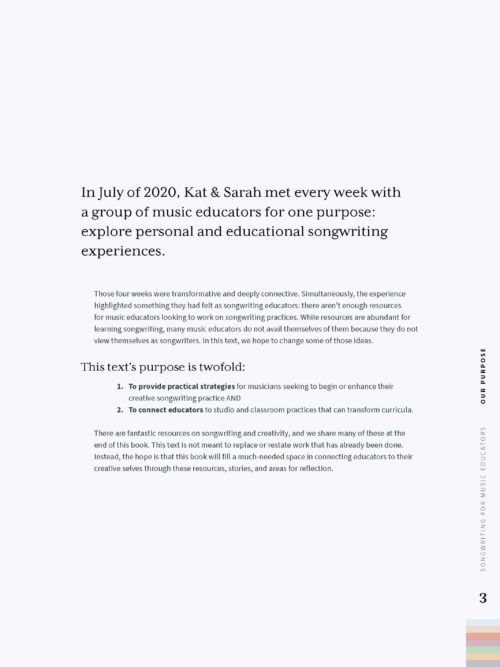
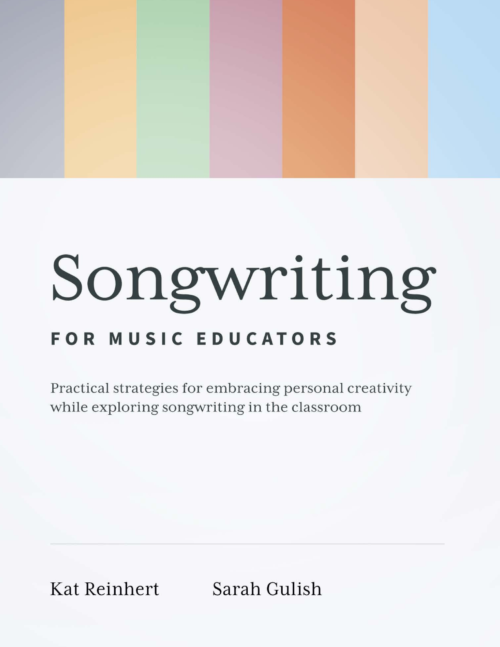
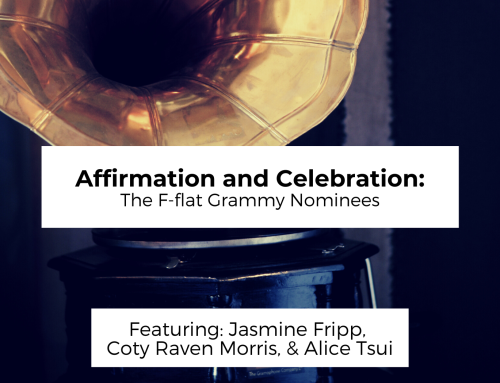
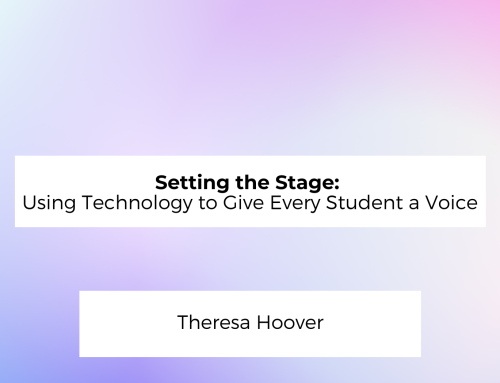
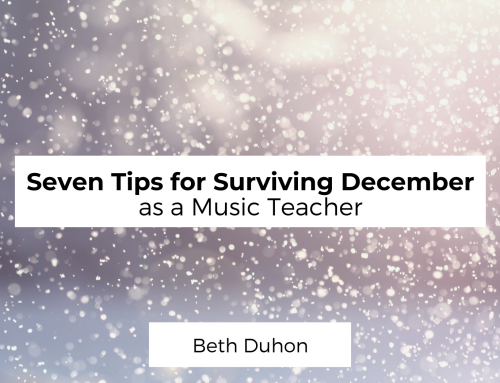
Leave A Comment